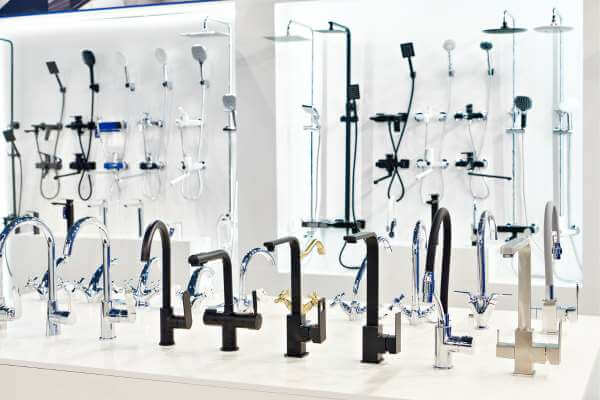Faucets are an essential part of our daily lives, allowing us to easily access clean water for a variety of uses. However, sometimes turning the handle can be a difficult task. When you find yourself struggling to turn your faucet on or off, it can be frustrating and inconvenient. Understanding the causes of a hard-to-turn can help you identify and address the problem quickly. In this article, we’ll explore some of the common causes of a hard-to-turn faucet.
Common Causes of Faucet Hard to Turn:
Mineral buildup:
Over time, mineral deposits can accumulate inside the faucet and cause it to become stiff and challenging to turn. These deposits can come from hard water and can accumulate inside the valve, handle, or other moving parts of it.
Worn-out parts:
Faucets have many moving parts that can wear out over time, causing them to become less effective. The valve stem, which controls the water flow, can wear down, making it difficult to turn the handle. Similarly, the O-ring, which helps create a seal between the faucet and the sink, can wear out, causing it to leak and become harder to turn.
Loose parts:
If a faucet’s mounting hardware is loose, it can cause the faucet to move around and make it challenging to turn the handle. This problem can be fixed by tightening the mounting hardware.
Rust and corrosion:
Rust and corrosion can also make a handle difficult to turn. These problems can occur if the it is exposed to moisture or if it is made from low-quality materials. Rust and corrosion can cause the faucet’s moving parts to become stiff and challenging to turn.
Poor installation:
A poorly installed can also be challenging to turn. If the faucet is not installed correctly, it can become misaligned and cause the handle to become stuck or hard to turn.
How to fix faucet hard to turn?
To fix a hard-to-turn faucet, you will need to identify the cause of the problem first. If mineral buildup is causing the problem, you can use a cleaning solution to remove the deposits. When worn-out or loose parts are causing the issue, you will need to replace the parts or tighten the mounting hardware.
If rust and corrosion are the problem, you may need to replace the entire faucet. Finally, if it was poorly installed, you will need to have it reinstalled correctly.
Conclusion
In conclusion, a faucet that is difficult to turn can be caused by a variety of factors, including mineral buildup, worn-out parts, loose parts, rust and corrosion, and poor installation. If you are experiencing this issue, it is essential to identify the cause and take the appropriate steps to fix it. A functioning faucet is critical to maintaining a comfortable and functional home, and taking care of your faucets is an essential part of home maintenance.
Read also:
How to Remove Rusted Nut from Kitchen Faucet?


 Hi, my name is Debra Klein and I love modern kitchen designs! As a product reviewer, it’s my mission to help homeowners choose the right modern kitchen accessories for their homes. I want to give them the best solution possible so they can make the best decision for their needs. Thanks for reading!
Hi, my name is Debra Klein and I love modern kitchen designs! As a product reviewer, it’s my mission to help homeowners choose the right modern kitchen accessories for their homes. I want to give them the best solution possible so they can make the best decision for their needs. Thanks for reading!




